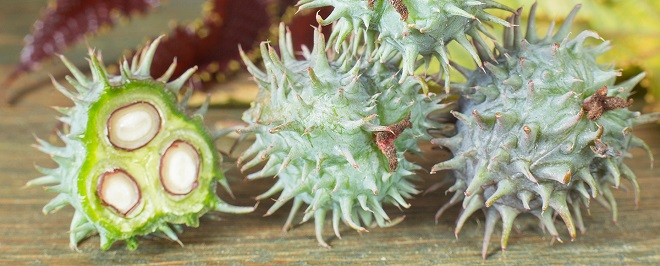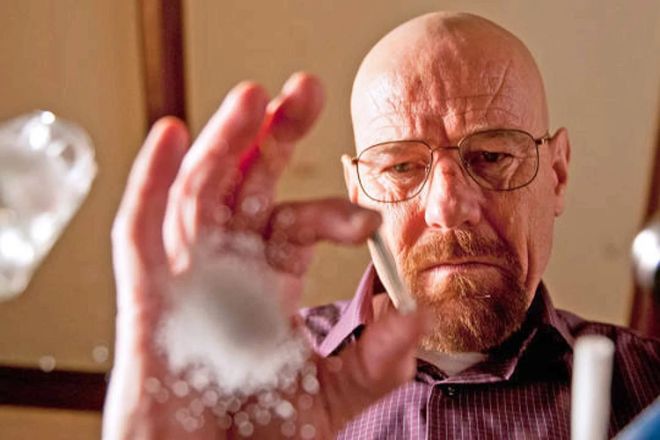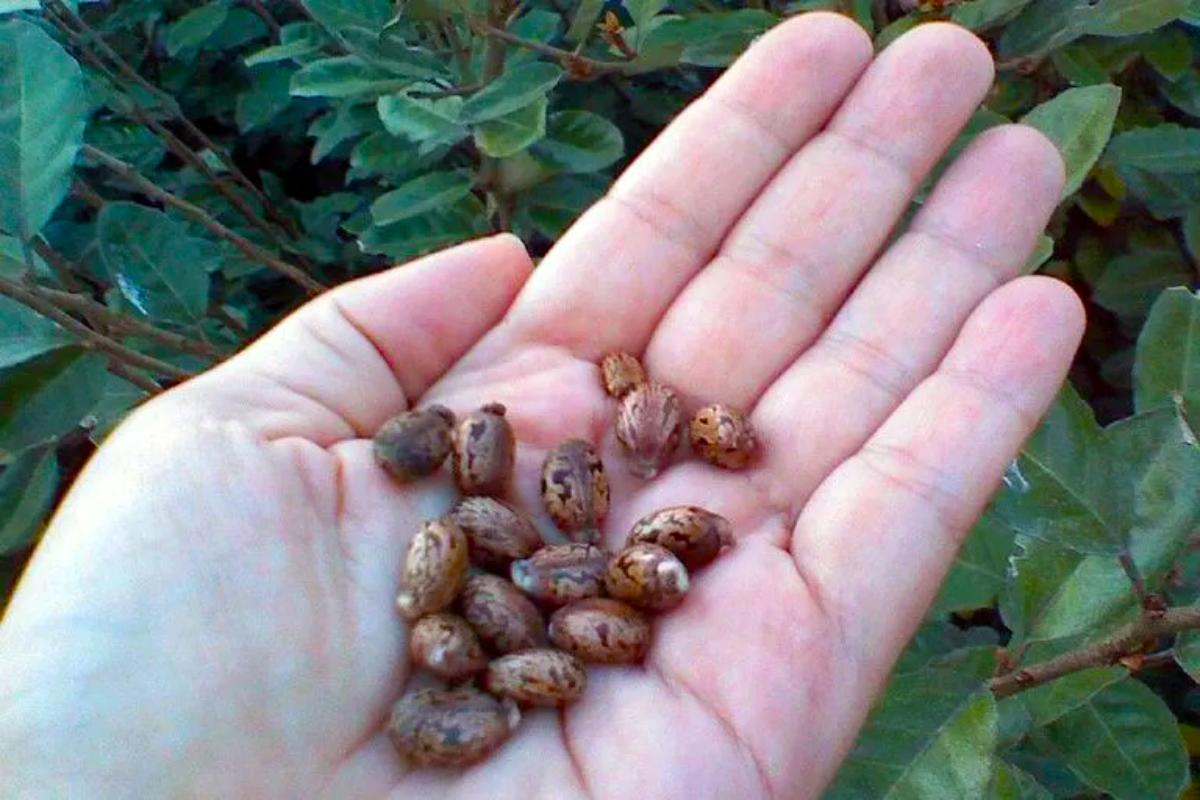The beans of the castor oil plant contain the toxin ricin (Ricinus communis). The ‘mash,’ a byproduct of the castor oil plant used to produce castor oil, is where ricin is often obtained. That is why it is also known as castor oil. In its aerosol form, ricin is simple to produce, inexpensive, and stable. Terrorist strikes in the United States have seen the most frequent use of ricin.
Ricin Production

Castor oil plant seeds are processed into the protein ricin. Castor oil, extracted from the castor plant’s seeds, is mainly used in the production of hydraulic brake fluids. Ricin may be found in 3–5% of the leftover mash created during this production. This protein can be easily extracted from the mash. Ricin production requires chromatography, a method familiar to introductory chemistry majors.
How Lethal Is a Single Dose of Ricin?
In several countries, ricin is considered “extremely toxic”, just like the Centers for Disease Control and Prevention (CDC) in the United States did. Tests on monkeys indicate that just 3 milligrams of ricin are enough to cause an adult person to die.
The cellular organelles known as ribosomes are disabled by the ricin toxin. When protein production ceases in a cell, the cell perishes because it cannot function without them.
Signs to Look Out for

Intoxication is caused in several ways. Breathing problems, fever, cough, and nausea are all possible side effects of ricin inhalation. When ingested, ricin causes nausea, vomiting, and diarrhea, which lead to dehydration and may trigger seizures. Exposure might cause symptoms to occur anywhere from 4 hours to 24 hours after exposure. The incubation period for ricin poisoning is 1.5–3 days before death occurs.
Overconsumption of castor beans may lead to ricin poisoning. When breathed in as an aerosol, however, it transforms into a potent and lethal bioterrorist agent. As long as it stays on the surface of the skin, touching it is safe, but you should still wash your hands afterward.
A Deadly Instrument of Warfare and Murder

The chemical has a long history of military and terrorist use as a weapon. The United States Department of Defense is one of the most recognizable instances of this kind of long-lasting design. In 1918, it was originally considered for use by the Ministry. The United States and the United Kingdom collaborated during WWII to create a ricin bomb. There is no evidence that the bomb was ever utilized, although it is also possible that it was never recorded. The 1940s saw military trials using ricin powders designed to be inhaled.
In 1978, a Bulgarian journalist named Georgi Markov was murdered in Great Britain with ricin. It was not the first time the Iraqi army employed ricin in artillery rounds in 1980. Members of the Minnesota Patriots Council, a paramilitary organization, were tried and convicted in the mid-1990s for an attempted ricin murder of law enforcement personnel.
Later, in 2003 and 2004, ricin was discovered in a South Carolina post office, in the mailroom of former majority leader and Republican US senator Bill Frist, and also in a letter sent to the White House. However, none of these discoveries resulted in any fatalities or serious illnesses. Terrorist suspects, including those linked to al-Qaeda, were found to utilize it.
Sensors used in postal delivery systems frequently screen for the presence of ricin and other hazardous diseases in nations with a worrisome history of ricin, such as the United States. Positive samples are forwarded to labs, where they are analyzed with antibodies specific for ricin proteins or castor oil plant DNA.
An attempted ricin poisoning happened in a post office in Washington, DC, and this was the last incident widely known. Testing of the material was successful in a laboratory in Maryland. The toxin was often aimed at the White House. President Trump was supposedly a target as well. The ricin-laced letter addressed to the president was discovered before it got into the White House.
Is There a Way to Treat Ricin Poisoning?

Currently, there is no treatment available. However, Soligenix, a New Jersey-based biotech firm, is working on a vaccination against ricin. Currently, the FDA has not given its approval to any clinical studies. However, in cases of extreme need, the “emergency use authorization” statute permits the administration of unapproved medications.
The vaccination, when delivered, causes the body to create antibodies that defend it against the toxin before it has a chance to do any harm. Patients who have been poisoned for more than four hours have little hope of survival. Ricin is a very lethal toxin for which there is now no effective cure.
Vaccination against ricin poisoning has been supported for some time by the US National Institute of Allergy and Infectious Diseases (NIAID). The use of the poison in an episode of the very popular television series Breaking Bad undoubtedly contributed to a greater public understanding of its dangers. It is not for sale, despite the widespread perception.


